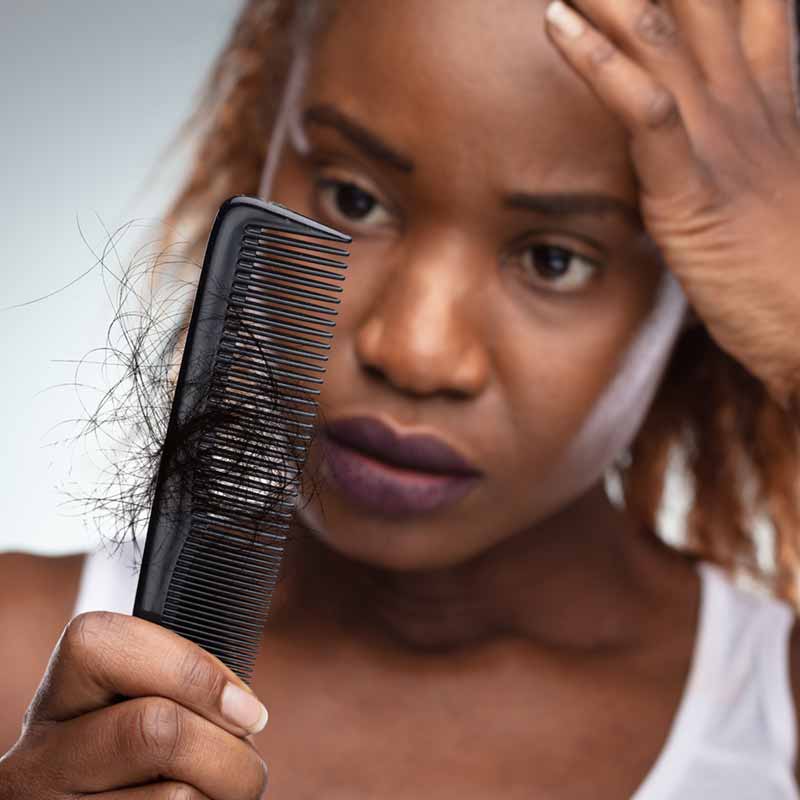
Traction alopecia is one of the most prevalent non-genetic forms of hair loss in today’s world. It is an acquired form of hair loss caused by repetitive or prolonged tension on the hair scalp, thereby damaging the hair follicle and dermal papilla. Greenland doctors first discovered the condition way back in 1907 in patients who suffered from hair loss along the hairline section because of wearing overly tight ponytails for lengthy periods. However, with the advancements in technology Traction Alopecia treatment is now possible.
This form of hair loss could occur due to the following reasons:
It is vital to note that since traction alopecia isn’t a genetically predisposed condition, it can affect anyone irrespective of age and ethnicity. Moreover, the chances of getting traction alopecia get higher with age if you have a long history of wearing your hair in the styles highlighted above or subjecting your hair to the mentioned treatments and accessories. If you will continue with these habits, then it may increase your problem and you may have to get Traction Alopecia treatment.
There’s absolutely nothing wrong if you occasionally wear your hair in tight hairstyles or use heat and chemical treatment on it. Furthermore, it is certainly normal to lose a few strands of hair every other day. After all, we lose anything from 50 to 100 strands of hair every day, and the lost hair is replaced by freshly growing hair.
Ideally, the key to avoiding traction alopecia is moderation. But, of course, we all want to rock that trendy hairstyle and put our best face forward. Don’t we? And by the way, looking good has its magical psychological benefits as it makes us feel great, boosts our confidence, and enriches our overall well-being.
However, the problem comes when you overdo the tightness when styling your hair or wear the tight styles often, for a prolonged period. Frequently, treating your hair with heat and chemicals is also problematic. Eventually, you end up harming your hair and scalp. Some of the most noticeable signs of traction alopecia include:

If you are witnessing one or many signs from the above, you should consult with your doctor for Traction Alopecia treatment.
If you are suffering from traction alopecia and you’ve tried all sorts of remedies without any success, then you’ll be happy to know that all hope is not lost. The best solution for treating traction alopecia even in the later stages is going for a hair transplant. Hair transplant is an effective and risk-free Traction Alopecia treatment
Essentially, a hair transplant is a minimally invasive procedure that involves taking hair from one section of your scalp with healthy and full hair to the scalp region where hair is thinned, balding or bald. After treatment, hair will grow back within a few weeks or a few months, depending on the intensity of the damage. However, it may take up to one year for your hair to grow back to its normal volume and length for severe cases.
Book a consultation for Traction Alopecia treatment with our consultant and hair transplant specialist to discuss your options and the cost. We offer finance if you would like to pay for your procedures in instalments.
A: Aprirose House 48A High Street Edgware London HA8 7EQ
Emergency No: 078 3030 2670